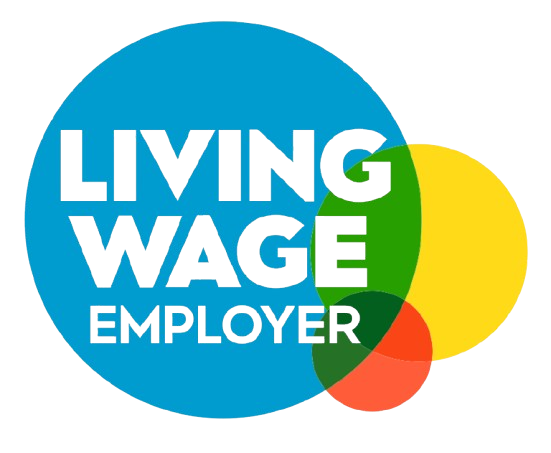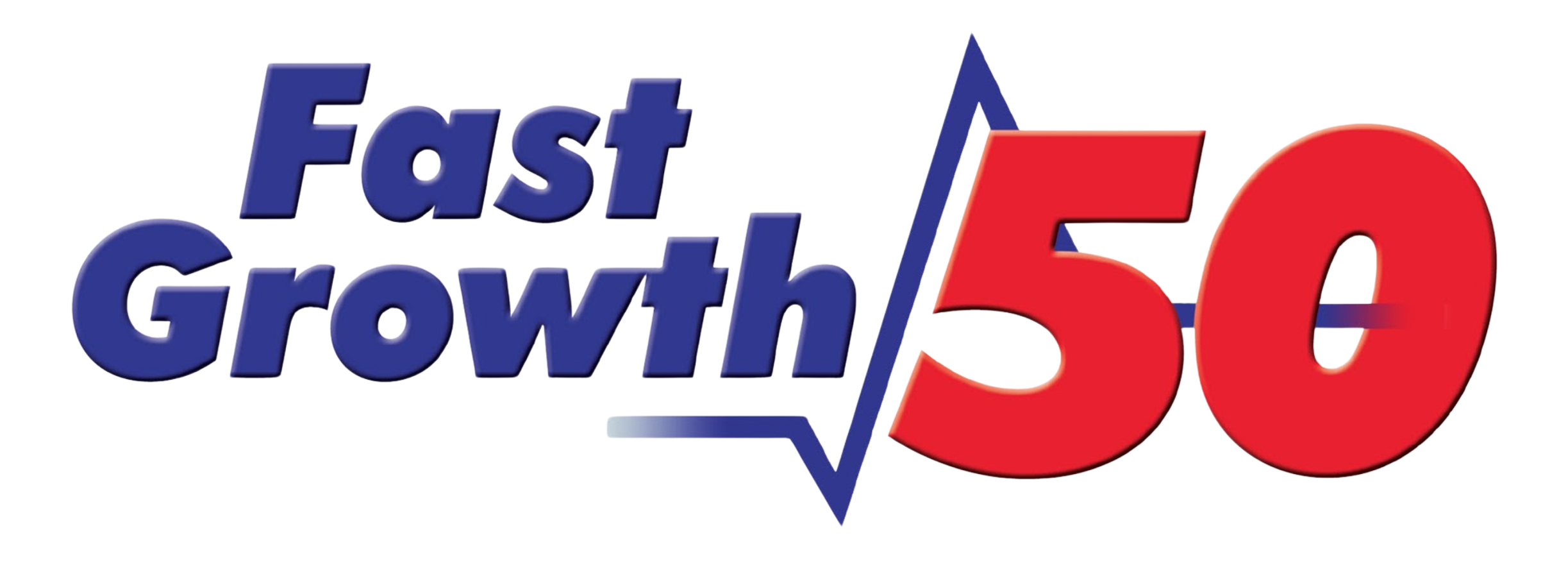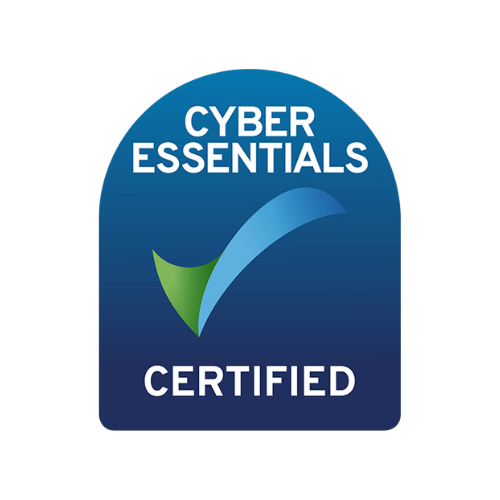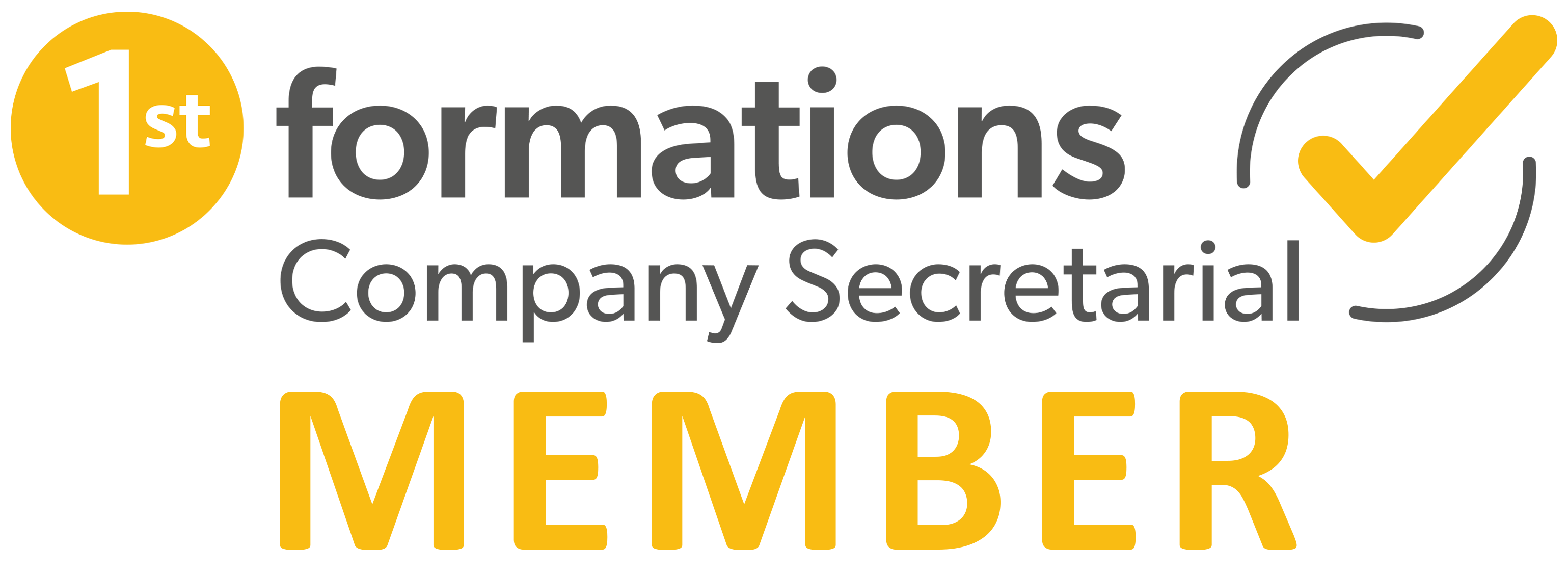There are always 101 things to prioritise. The work desk seems more overflowing than it has in the last few years. The world is moving and changing at such a rapid rate that it’s difficult to keep up, even with all the technology at our fingertips. It can feel overwhelming at times. So why am I writing about now being the time to think about your Procurement Strategy?
Firstly, what is a Procurement Strategy?
Put simply, a Procurement Strategy sets out the vision, aims, goals and tactics of how and where procurement will be undertaken in your organisation over a period of time. It should align with and complement your overall business objectives. The aim of the Procurement Strategy is to provide a structured, cost effective and sustainable procurement of the goods, services and/or works your organisation needs to function.
It provides a measurable roadmap for achieving procurement greatness in your organisation.
So, why now?
In recent memory, the landscape of procurement and supply chain management has become increasingly unpredictable and fraught with risk. The dynamic global environment, coupled with unprecedented challenges such as geopolitical tensions, natural disasters, and supply chain disruptions, has made navigating these waters more treacherous than ever before.
In parallel, we find ourselves amidst an era of opportunity, propelled by the rapid advancements in technology that often outstrip our capacity to fully harness their potential. As breakthrough innovations emerge at an unprecedented pace, the challenge lies in effectively leveraging these tools to drive progress and stay ahead in an ever-evolving landscape.
Whether you’ve established a procurement strategy before or after the onset of the COVID-19 pandemic, it’s crucial to acknowledge that your organisational landscape has likely undergone significant transformations since its inception. Your existing strategy may no longer align with the rapidly evolving dynamics of your industry. In some cases, you might not have formulated a procurement strategy at all. Regardless of your current stance, I strongly urge you to proactively consider revisiting or formulating a strategy soon.
Why is this imperative? The adage “those who fail to prepare, prepare to fail” holds profound truth, albeit stark. My extensive experience underscores the unfortunate reality that organisations ill-prepared for change often face adverse consequences. Therefore, investing time and resources into refining or developing your procurement strategy is not merely prudent; it’s essential for safeguarding the resilience and sustainability of your operations amidst uncertainty.
Currently, the global landscape is fraught with numerous risks, including:
- Geo-Political instability worldwide
- Ongoing conflicts and the looming threat of warfare
- Economic challenges such as inflation and price fluctuations
- Escalating climate change impacts
- Natural and man-made disasters
- Escalating supply chain volatility
Any single one of these factors has the potential not only to hinder but to significantly disrupt your operations, posing considerable risks to your supply chain and ultimately impacting on your bottom line. Procurement, while not a panacea for these complex issues, plays a pivotal role in mitigating their effects. By adopting a more strategic approach to procurement, organisations can better position themselves to navigate through these challenges with resilience and adaptability, thus improving their chances of emerging successfully despite the prevailing uncertainties.
Amidst the myriad of challenges, it’s crucial not to overlook the many opportunities. However, without a well-defined procurement strategy, these opportunities may easily slip through the cracks:
- Sustainable procurement avenues offer not just environmental benefits but also cost savings and enhanced brand reputation.
- Social value opportunities allow organisations to contribute positively to communities and society while driving business growth.
- The integration of AI and advanced procurement technologies presents unprecedented efficiency gains and strategic insights.
- Collaborating with emerging markets eager for partnerships can unlock new revenue streams and diversify supply chains.
- Embracing innovation nurtures competitiveness and future-proofing against evolving market dynamics.
So, how does refreshing or establishing a procurement strategy come into play? A robust procurement strategy serves as a compass, guiding organisations towards these lucrative opportunities while mitigating risks. By systematically evaluating market trends, identifying strategic partnerships, and leveraging cutting-edge technologies, organisations can position themselves to capitalise on these opportunities effectively, driving sustainable growth and resilience in an ever-changing business landscape.
The Procurement Strategy may not be 100% prophetic, its value lies in its capacity to offer a meticulously crafted blueprint tailored to your organisation’s unique context. By engaging in thorough consultation and deliberate deliberation, a well-conceived Procurement Strategy can serve as a roadmap, guiding your organisation through uncertain terrain.
This strategy, when appropriately aligned with your organisational objectives, empowers you to mitigate potential risks and seize available opportunities. While it may not foresee every twist and turn, it equips you with the necessary tools and processes to adapt and thrive amidst evolving circumstances.
Where to start?
Assessing the current state of your strategic procurement operation is paramount. Without a clear understanding of your starting point, charting a course for improvement becomes akin to navigating in the dark. It necessitates a candid appraisal—a comprehensive evaluation that encompasses the good, the bad, and the ugly aspects of your procurement processes.
Once armed with this insight, you can pinpoint the specific strategic needs of your organisation. Whether it’s streamlining overhead costs, mitigating supply chain risks, fostering sustainability practices, shortening supply lead times, optimising cash flow, or addressing other pertinent issues, this understanding lays the foundation for targeted and effective strategic initiatives. By identifying these needs, you can develop tailored strategies and initiatives to propel your organisation toward its procurement goals, driving efficiency, resilience, and overall success.
Engage those stakeholders
The next step involves actively involving key stakeholders who are invested in the procurement process. Undoubtedly, these individuals are juggling multiple responsibilities, yet it’s crucial to emphasise the significant benefits a refined Procurement Strategy can yield for all involved. Neglecting this aspect poses tangible risks that could reverberate throughout the organisation, making persistence in engagement essential.
By gathering the right stakeholders and creating an open dialogue, you can gain invaluable insights into their perspectives, frustrations, and concerns. While unanimity may not always be attainable, diverse viewpoints enrich the discussion and contribute to a more comprehensive understanding.
Be SMART
Subsequently, collaboratively determine the objectives for the procurement operation. Aim for these objectives to adhere to the ‘SMART’ criteria—specific, measurable, achievable, relevant, and timely. This ensures clarity and accountability while aligning with overarching business goals. By anchoring procurement objectives within this framework, you lay the groundwork for a strategic approach that resonates with organisational priorities and drives tangible outcomes.
Honestly, procurement policy is the best policy
Are your procurement policies fit for purpose?
Assess the effectiveness of your procurement policy and processes—are they future-proofed or perceived as a “necessary evil” within your organisation? Engaging with stakeholders as mentioned earlier will provide valuable insights into their perceptions. Consider the necessity of updating your policies and processes as part of this evaluation.
Evaluate market dynamics: are you a valued partner or a burden?
Examine the market conditions in which you operate. Are you constrained by limitations, or do you have the flexibility to adapt? Assess whether suppliers value your business or consider you a nuisance. While it may seem surprising, being perceived negatively by suppliers can have significant implications for your procurement success.
Take a moment to consider the realm of procurement technologies
Conduct research on the latest digital procurement solutions and their potential benefits. While this domain evolves rapidly, embracing innovative technologies can reform your procurement practices. If your organisation has limited experience or investment in this area, the adoption of modern procurement technologies could yield transformative results.
Integrating digital solutions into your procurement strategy is pivotal. Failure to prioritise this as a key objective may hinder your ability to justify future investments in this critical area. By recognising the strategic significance of leveraging technology, you position your organisation to thrive in an increasingly digitalised business landscape.
Crafting a Robust Procurement Strategy
- Collaborate with essential stakeholders, ensuring their input shapes the development of the draft Procurement Strategy. While not everyone needs to be involved, engaging key stakeholders is critical to capturing diverse perspectives and garnering support.
- Identify an executive-level sponsor or champion who recognises and advocates for the strategic value of procurement. This individual’s endorsement lends credibility and ensures alignment with organisational objectives.
- Iterate on the draft Procurement Strategy based on stakeholder feedback until a final version is achieved. This process ensures that the strategy reflects the collective vision and goals of the organisation.
- Execute a comprehensive roll-out plan, including thorough training for in-house procurement teams and key lead buyers across the organisation. The strategy should outline clear action plans with defined deliverables, responsibilities, and timelines to drive accountability and progress tracking.
While I acknowledge that no strategy can eliminate all risks, I can guarantee, those organisations without a procurement strategy may find themselves adrift in a sea of uncertainty, vulnerable to the whims of change. In contrast, a well-defined Procurement Strategy serves as a sturdy vessel, empowering proactive planning and resilience-building efforts to weather the storms ahead.
Embrace the proactive mindset instilled by strategic procurement planning—it’s a catalyst for organisational growth and success in navigating complex landscapes.








